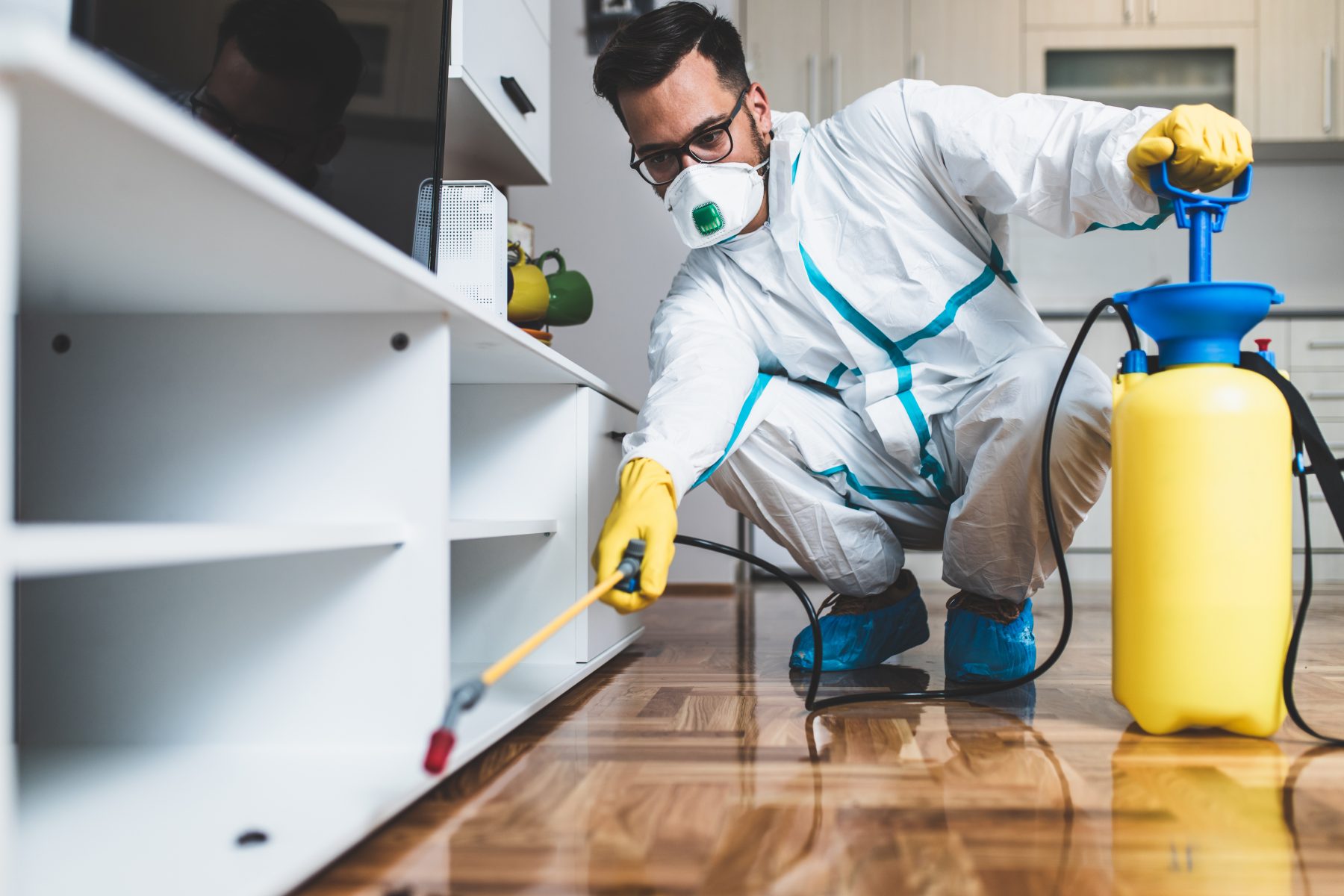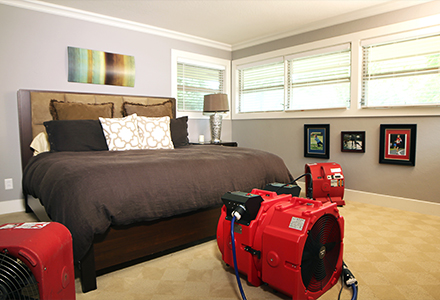Understanding Bed Pest Treatment and Its Role in Comprehensive Bug Control
The prevalence of bed bugs in different atmospheres has actually emphasized the need of understanding effective treatment approaches within the more comprehensive context of detailed bug control. As infestations position substantial health risks and can interrupt day-to-day life, checking out the nuances of reliable treatment and the relevance of expert intervention becomes vital.

Overview of Bed Bugs
Bed insects, scientifically referred to as Cimex lectularius, have actually become a substantial bug trouble in metropolitan and rural environments worldwide. These nighttime insects largely eat human blood, causing pain and distress to those influenced. Adult bed bugs are reddish-brown, around 4-5 mm in size, and possess flat, oblong bodies that allow them to conceal conveniently in small gaps, such as cushion joints, bed structures, and furniture.
Reproduction occurs quickly, with females injuring to five eggs daily, adding to the quick rise of problems. Bed insects are not known to transmit illness, however their bites can bring about sensitive reactions and secondary infections from the ground up. The bugs are extremely resilient, enduring for months without feeding, which makes complex obliteration initiatives.
Their revival in recent times can be credited to greater global travel, the rise of used furnishings markets, and resistance to standard insecticides. Efficient management calls for a combination of sanitation, monitoring, and targeted therapy approaches. Comprehending the biology and behavior of bed insects is essential for creating effective control approaches and reducing their effect on human health and health.
Signs of Invasion
Identifying the indicators of a bed pest problem is vital for prompt intervention and control. Common signs consist of tiny reddish-brown stains on bedding or furniture, which are frequently the result of crushed bed bugs.
An additional dead giveaway is the visibility of shed exoskeletons, as bed pests molt throughout their life process. In addition, an undesirable, musty smell can rise from greatly ravaged locations, credited to the scent glands of these bugs. Bed insects are nocturnal, so citizens may see attacks on subjected skin after resting, commonly defined by red, scratchy welts set up straight or cluster.
Finally, bed pests can conceal in numerous areas, consisting of cushion joints, box springtimes, bed frames, and even behind wallpaper or electric outlets. Regular inspections of these locations can aid in very early detection. By understanding and identifying these indications, people can take needed actions to alleviate the problem prior to it escalates.

Treatment Approaches
Effectively resolving a bed insect infestation requires a multi-faceted strategy that integrates various therapy techniques tailored to the severity of the scenario. The main techniques consist of chemical therapies, heat therapies, and incorporated insect management (IPM) techniques.
Chemical treatments usually include the application of insecticides especially developed to target bed bugs. These can be used in various types, such as sprays, cleans, or aerosols. It is vital to select items that are efficient and secure, complying with the supplier's directions diligently to reduce threats.
Heat therapies, on the other hand, use heats to get rid of bed bugs in all life phases. This method entails raising the temperature level of ravaged areas to a level dangerous to bed pests, typically around 120 ° F(49 ° C )or greater, for a continual duration.
Integrated Insect Monitoring (IPM) combines both chemical and non-chemical techniques. It highlights comprehensive assessments, correct sanitation, and monitoring to guarantee long-lasting management of bed insect populaces. By using these therapy methods in conjunction, homeowner can efficiently remove bed pests while minimizing the risk of reinfestation.
Precautionary Procedures
(Pest Control Washington DC)Applying reliable safety nets is vital for lessening the danger of a bed insect invasion. These bugs are well-known for their capacity to drawback an experience on personal belongings, making vigilance important. On a regular basis checking pre-owned furniture and clothing prior to bringing them into your home can considerably decrease the likelihood of a problem.
Motivating a clutter-free environment is additionally crucial, as it gets rid of potential hiding spots for bed bugs. Vacuuming frequently, specifically in areas such as bedrooms and living areas, can help catch any roaming insects or eggs, while sealing vacuum cleaner bags securely prevents their getaway.
Additionally, using protective covers for bed mattress and box springtimes can create an obstacle that deters bed insects from settling in these locations. When taking a trip, inspect hotel areas, concentrating on the seams of cushions and behind headboards, and keep baggage off the flooring.
Significance of Expert Assistance
(Pest Control Washington DC)
When handling a bed bug infestation, looking for specialist assistance is typically important to make sure extensive and efficient treatment - Bed Bug Treatment. Bed pests are notoriously challenging to get rid of because of their try these out ability to conceal in little gaps and their rapid reproduction rate. Professionals have the experience and specialized devices required to determine the degree of the problem and execute a targeted technique
DIY methods may provide momentary relief; however, they commonly fail to resolve the origin reason of the trouble, permitting bed pests to re-emerge. Professional parasite control solutions make use of a combination of chemical therapies, warmth applications, and integrated pest administration methods customized to the certain situation. This diverse strategy not only gets rid of existing bugs however likewise decreases the danger of future problems.
Additionally, experts can use valuable recommendations on safety nets, helping home owners recognize just how to avoid future encounters. Engaging a licensed insect control expert also makes sure conformity with local guidelines concerning pesticide use, safeguarding both wellness and the setting. Finally, professional aid is vital for reliable bed pest therapy, giving both instant relief and long-term solutions to recover convenience in influenced rooms.
Conclusion
In conclusion, effective bed insect therapy requires an extensive technique that incorporates both chemical and non-chemical methods. By adopting a systematic technique, house owners can successfully safeguard their living spaces and lower the associated health risks of bed bug infestations.